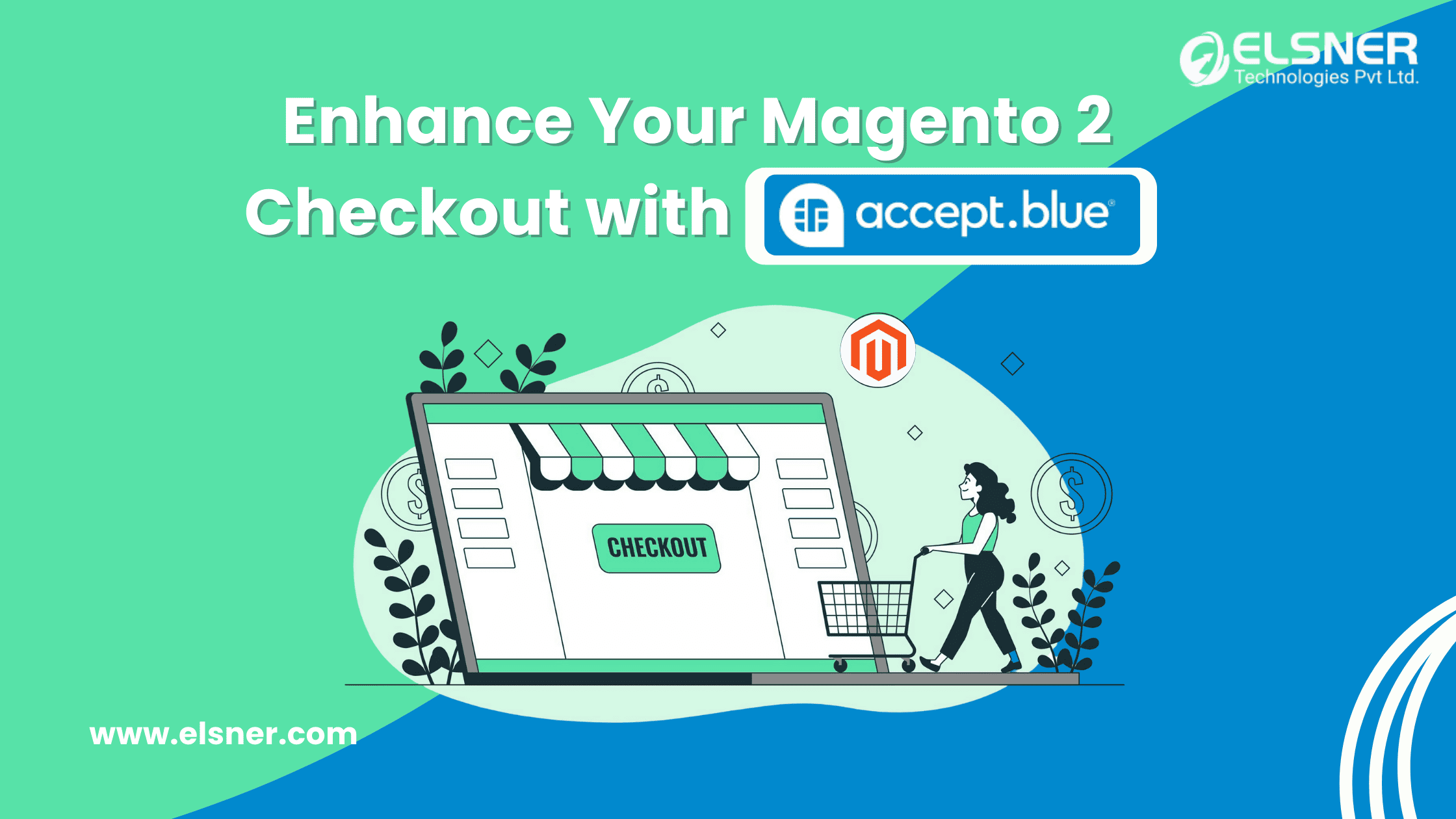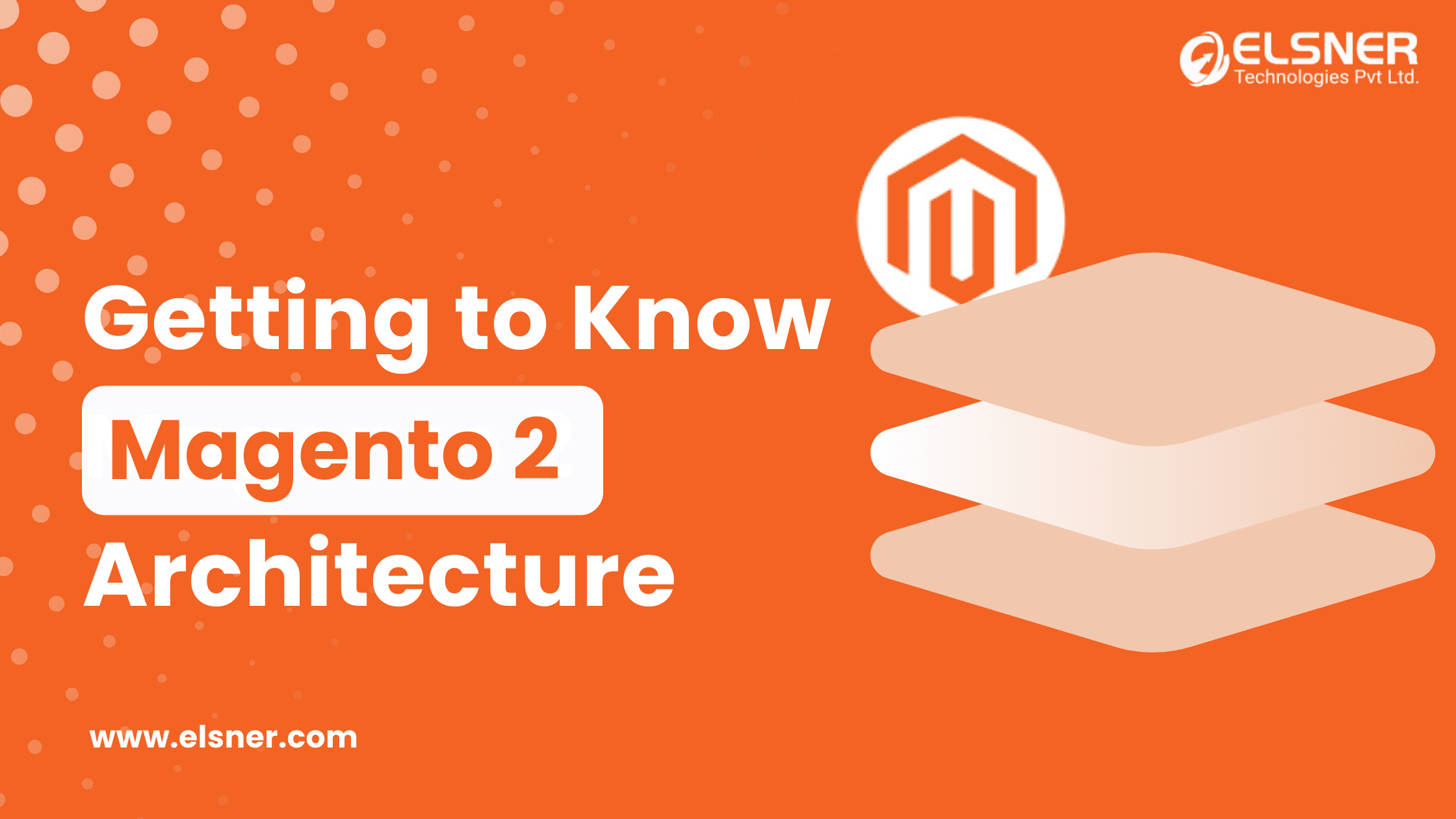- 1. What is the right time to migrate?
- 2. How to perform Theme migration from Magento 1 to Magento 2?
- 3. What is the procedure for migrating extensions from Magento 1 to Magento 2?
- 4. How to migrate data from Magento 1 to Magento 2?
- 5. How much time does it take for migration?
- 6. How to migrate code from Magento 1 to Magento 2?
- 7. Should you hire an expert for migration or do it by yourself?
- 8. What is the cost of Magento migration?
- 9. Why Magento 2?
- 10. What to keep in mind while hiring the Magento migration service provider?
- Conclusion:
The wealth of innovation of the Magento eCommerce galaxy is now shifting towards Magento version 2.0 with the sunset of Magento version 1.
Many Magento evangelists, leading bloggers, and experts are now best utilizing this new platform.
The rumors that spread like a wildfire regarding the official support to Magento 1 will end by Nov’18 (3 years of End-Of-life) put the developers in a very ambiguous situation. No doubt that the officials confirmed to support Magento 1 till June’2020 and also promised to deliver the last date of support 18 months prior.
We are committed to our #Magento 1 merchants through June 2020, ensuring their sites are secure and compliant. Learn how https://t.co/FLauq1sQ09 pic.twitter.com/bdJNpLFHvO
— Magento (@magento) September 6, 2018
(function(d, s, id) { var js, pjs = d.getElementsByTagName(s)[0]; if (d.getElementById(id)) return; js = d.createElement(s); js.id = id; js.src = “//www.tickcounter.com/static/js/loader.js”; pjs.parentNode.insertBefore(js, pjs); }(document, “script”, “tickcounter-sdk”));
Here is the post answering and solving all your queries regarding the process from Magento 1 to Magento 2 migration.
This new modified version offers the Magento development company and the developers with a brand unique architecture, coding structure, and database design.
There is a massive number of people who have not yet migrated, they should start scoping out the migration soon. Almost every flaw Magento 1.x had was repaired upon in this new Magento 2 version. Let’s discuss some more and basic questions.
1. What is the right time to migrate?
Developers are constantly concerned about the stability of Magento 2, compelling reasons to migrate and the right time for migration.
Leaving the past and the unstable versions behind, Magento 2 has some noticeable improvements and delivers a wide range of impressive features. If cost is not an issue, then there is no point in delaying the task.
The right time is Now. Until the last day for Magento 1 support is officially announced, you can keep running the store on Magento 1 but some tucked away threats are
- Magento officials will no longer support the current stores;
- There are no more enhancements or improvements in the Magento 1 version;
- You may likely get less help from the community;
- Competitors may use the new version and you will be left behind.
2. How to perform Theme migration from Magento 1 to Magento 2?
The task of theme migration is almost impossible and time-consuming. Instead, alternative methods can be used which are as follows:
- One of the easiest, cost-effective, and fast ways is to select a theme which is free for your new Magento 2 store. Customize it for betterment.
- You can even purchase ready-made themes, customize them, and install.
- A bit time-consuming and expensive way is to clone the Magento 1 website and build a similar Magento 2 website.
- The last option, you can create a unique design from the start.
The decision of which one to choose depends completely on your budget and time. A lot of ready-to-use themes and templates are available in the market at very affordable prices.
All you need is a week and some customizations if required. The rest of the methods are a bit time consuming and expensive, also.
3. What is the procedure for migrating extensions from Magento 1 to Magento 2?
Same as theme migration, you can not completely transfer the extension to the new store. Similar modules with the same functions are available for Magento 2 store.
The cost to acquire third-party plugins is reasonably high, so it is advisable to revise the current modules and plugins and then decide which one to migrate and which one to not.
Remember, you can all together buy new modules and extensions and solve all the conflicts. Make sure you have enough time for module migration.
4. How to migrate data from Magento 1 to Magento 2?
Migration of data includes migration of products, categories, customers, CMS, content, ratings and reviews and everything…
But the good news is, Magento data migration tool kit is available to make our task easy. You need strong knowledge and may require help from the Magento 2 migration service provider to transfer the files smoothly without any loss.
This may require registering a new account again while logging.
5. How much time does it take for migration?
The exact time frame for the migration process depends on the structuring of your current site and your future.
Transferring of more modules definitely takes more time in comparison to fewer modules. Tentatively, it takes 3-5 hours for the plugin installation task.
6. How to migrate code from Magento 1 to Magento 2?
Code migration is easy since most of the codes are compatible, it’s just the tip of the iceberg story. In reality, developing a custom module for Magento 2 store is easy and less time consuming than migrating its code to the new site.
It would be much easier to find a Magento 2 extension that functions similar to your custom module or build one for your new Magento 2 store.
7. Should you hire an expert for migration or do it by yourself?
Without any technical skills, it is quite impossible to perform the migration task. You should have dedicated Magento developers who have strong knowledge of the migration. You can take help from a Magento development company for upgrading the store.
8. What is the cost of Magento migration?
The cost depends on the company’s hourly rate for hiring the developers and the services you include for the migration.
9. Why Magento 2?
With the store already in place, you will have a user-friendly checkout, faster and better performing store, better admin area, a range of functional extensions, mobile responsive stores, and a regularly updated store after migration.
Migration is all worth your time and attention. It offers some of the promising improvements in terms of its functionality.
10. What to keep in mind while hiring the Magento migration service provider?
A Magento certified developer company would provide the best help. The 3 things to take care of are Quality, Price, and Service. Know the background of the service provider. Understand the way they perform the migration. Decide the price best suitable for your business and ensure that they provide sound advice for your business.
Conclusion:
Once you are done with the migration, test your new Magento 2 store thoroughly. The migration may include many manual tasks. Magento 2 surely will keep you abreast of the competitors in the eCommerce fraternity.

About Author
Pankaj Sakariya - Delivery Manager
Pankaj is a results-driven professional with a track record of successfully managing high-impact projects. His ability to balance client expectations with operational excellence makes him an invaluable asset. Pankaj is committed to ensuring smooth delivery and exceeding client expectations, with a strong focus on quality and team collaboration.




